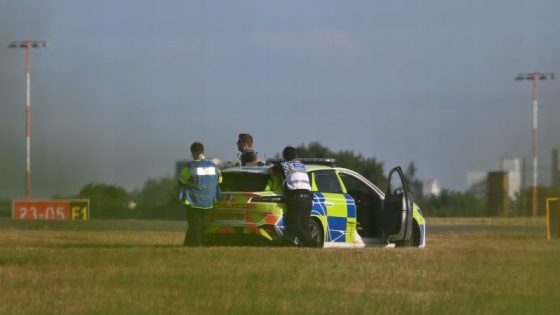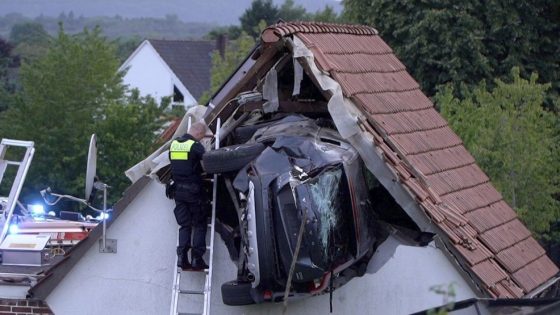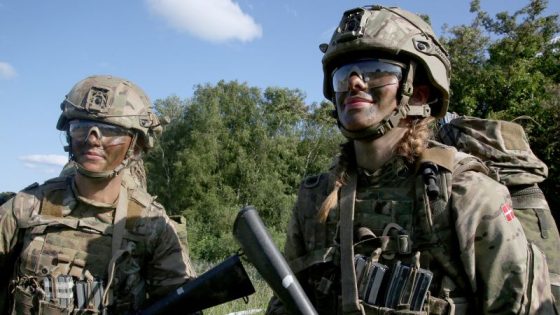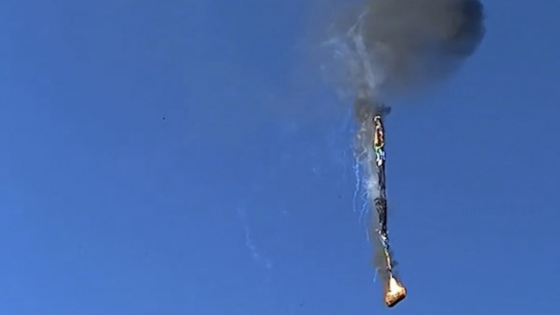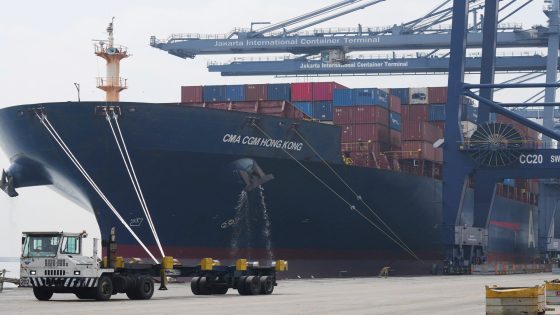Four Hong Kong Airlines passenger flights successfully landed at the city’s airport amid the highest typhoon signal on Sunday, showcasing the resilience of aviation operations even in extreme weather. Despite Typhoon Wipha’s maximum sustained winds reaching 140 km/h (87 mph), these flights from Chongqing, Tokyo, Beijing, and Denpasar managed to touch down safely between 2:25 PM and 4:04 PM. This remarkable feat occurred during a seven-hour window when the No 10 warning was in effect, leading to the cancellation of about 500 flights.
- Four flights landed during Typhoon Wipha
- Flights originated from Chongqing, Tokyo, Beijing, Denpasar
- No 10 warning in effect for seven hours
- About 500 flights cancelled due to typhoon
- Pilots considered wind conditions for landings
- Larger aircraft tolerate higher crosswind limits
Steven Dominique Cheung, chairman of the Hong Kong Professional Airline Pilots Association, emphasized that pilots prioritize wind direction and speed over the warning signal itself. With a large aircraft’s crosswind limit often at 40 knots (approximately 80 km/h), skilled pilots can navigate challenging conditions effectively. This incident raises questions about how aviation standards adapt to extreme weather events.
This scenario prompts US to consider how prepared airlines are for increasingly severe weather patterns. Are current aviation regulations sufficient to ensure safety in such conditions? Key takeaways include:
- Expert pilots assess various factors beyond weather warnings.
- Large aircraft can handle higher crosswinds, enhancing safety.
- Operational conditions can allow for safe landings during storms.
As we look to the future, it’s crucial for airlines and regulatory bodies to collaborate on enhancing safety measures, ensuring that air travel remains secure even in the face of nature’s challenges.





